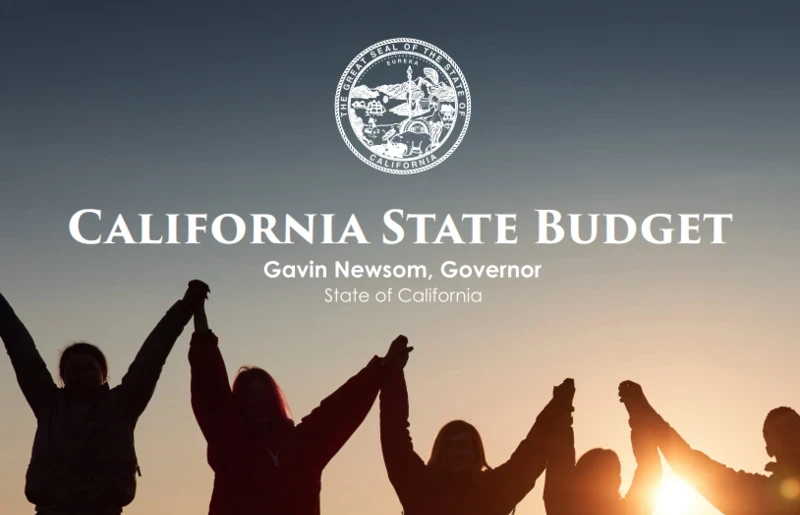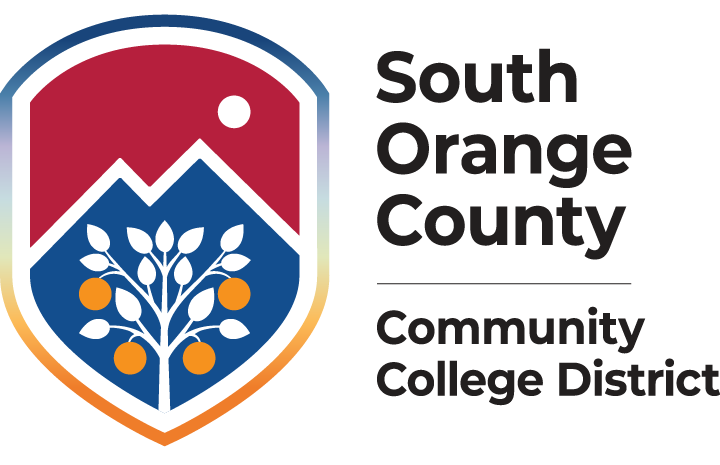
Governor's May Revision for 2022-2023 Budget
On Friday, May 13, 2022, Governor Newsom released the May Revision for the 2022-23 budget. As anticipated the May Revision proposes over a 5 percent increase from what was presented in January primarily due to increased tax collections. The discretionary surplus has grown from $45.7 billion to $49.2 billion. This surplus will be used for one-time allocations and to fund reserves at $37.1 billion. The reserves include $23.3 billion to fully fund the Proposition 2 Budget Stabilization Account (Rainy Day Fund) and $9.5 billion for the Public School System Stabilization Account (PSSSA), along with $900 million in a Safety Net Reserve and $3.4 billion in an operating reserve.
The budget continues to focus on the pandemic recovery, education, economic growth and job creation, climate change initiatives, and improving health care affordability. As noted in the Governor’s May Revision, the budget “provides $18.1 million in direct relief to millions of Californians to help offset rising costs” largely in the form of $400 tax rebates to vehicle owners and retention bonus payments to workers in hospitals and nursing homes; while also increasing the minimum wage to $15.50 per hour beginning January 1, 2023.
Surprisingly, the budget did not exceed the Gann Limit1 as was expected but it is noted that the Gann Limit may be exceeded in future years.
Community College Specifics
Funding under Proposition 98 reaches an all-time record at $110 billion (General Fund and local property taxes combined) for K-14 education with community colleges receiving $12.6 billion (approximately 10.93%). The General Fund portion for community colleges is $9 billion, representing a $1.1 billion increase (14%) over the January budget.
The budget requires a commitment from community colleges to develop a road map that will work collaboratively with both the UC and CSU systems to increase transfer capacity and streamline transfer pathways between the segments, improve time-to-degree and certificate completion, close equity gaps, and better align with K-12 and workforce needs. It also discusses an expectation that community colleges offer at least 50 percent of their classes as in-person instruction for the 2022-23 academic year, assuming that the percentage is consistent with student demand and public health guidelines.
The Department of Finance is proposing a change to the Student Centered Funding Formula (SCFF) at the end of the hold harmless period whereby the total computational revenue a district receives in 2024-25 becomes the floor for future funding. This new floor will not be automatically increased by COLA unless specifically provided for within future statutes but it provides districts with predictability and stability moving forward.
The major components of the community colleges’ budget and the impacts to our District are as follows.
Unrestricted General Fund:
- $493 million (6.56%) cost of living adjustment (COLA). This will add an estimated $11.2 million to our DRAC model.
- $250 million for SCFF base funding rate and $125 million in basic allocation rate increases to help defray the increased costs associated with expanded digital footprints related to remote learning and working. The SCFF base funding rate and the basic allocation increases will add an estimated $2.5 million to our DRAC model.
- $200 million for the part-time faculty health insurance program. Currently, the statute only allows reimbursement to districts for 50 percent of the cost they incur; there is no proposed change to this provision.
- $26.2 million (0.5%) for enrollment growth.
- $2.2 million (6.56%) cost of living adjustment (COLA) for mandated cost block grant program. This will add an estimated $53 thousand to our DRAC model.
Restricted Funds: There are several new programs that have been proposed. However, since we don’t have details on the allocation models at this time, we have not estimated an impact to the District. For all other changes, we have estimated the District’s allocations based upon our current percentage of the statewide share.
Ongoing Resources:
- $60.2 million (6.56%) cost of living adjustment (COLA) for Adult Education, EOPS, CARE, DSPS, Apprenticeship, CalWORKS, and Child Care Tax Bailout. This will provide an estimated $609 thousand increase to our programs.
- $50 million for Student Success Completion grants. These grants are provided to students that meet certain criteria. It is estimated that we will receive $3 million for our students.
- $25 million to create a new program that will allow districts to modernize technology and protect sensitive data.
- $25 million (5%) to increase the Student Equity and Achievement program. It is estimated that we will receive an additional $504 thousand for our colleges.
- $20 million to increase support for the NextUp Program that offers support services to foster youth.
- $10 million to augment the support for financial aid offices. It is estimated that we will receive an additional $185 thousand for our colleges.
- $10 million to implement equal employment opportunity best practices. It is estimated that we will receive $141 thousand.
- $10 million to implement a classified employee summer assistance program for those employees working less than 12 months.
- $1.1 million to expand the number of community colleges charters of the African American Male Education Network and Development (A2MEND).
One-Time Resources:
- $750 million block grant to address pandemic and long-term debt issues. It is estimated that we could receive in excess of $19 million but that is very preliminary, as such, we will not budget anything in the Tentative Budget. The funds are intended to be spent on professional development, campus security infrastructure, technology infrastructure, developing open education resources and zero-textbook-cost degrees, operational costs, and supporting the mental health and wellness needs of students and staff.
- $150 million to further support focused strategies to increase retention rates and enrollment. This will provide an estimated $3.1 million to our colleges.
- $130 million over three years to create a new program that will support health-care focused vocational pathways in Adult Education for English language learners; $30 million in 2022-23, $50 million in 2023-24, and $50 million in 2024-25.
- $105 million provided to the Chancellor’s Office to implement common course numbering systemwide.
- $75 million to create a new program that will allow districts to modernize technology and protect sensitive data.
- $65 million to create a new program towards implementing the AB 9282 transfer reforms.
- $45 million to implement a California Healthy School Meals Pathway program.
- $25 million to create a new program to assist with the procurement and implementation of software that maps intersegmental curricular pathways to help students choose their pathway.
- $20 million to provide emergency financial aid grants to AB 540 students.
- $20 million to create a new program that incentivizes public-private partnerships that prepare students in grades 9 to 14 for the high-skill fields of education and early education; science, technology, engineering and mathematics (STEM); and healthcare.
- $5 million to support teacher credentialing partnership programs.
Capital Outlay Funds:
- $403 million in capital outlay funding for 19 continuing and 2 new projects statewide, including approximately $20.3 million for the Saddleback College Science Math Renovation project.
- $1.523 billion for deferred maintenance and energy efficiency projects. This will provide an estimated $26.7 million to our colleges.
We have updated the DRAC model using the updated COLA and SCFF rate increases for the 2022-23 Tentative Budget and will discuss it at DRAC on May 20, 2022. The Capital Outlay Fund proposals will be included in the Tentative Budget. However, we will await action on the final State budget before budgeting for any of the Restricted General Fund items since these will likely change throughout the State budget process. Our Tentative Budget will be presented to the Board of Trustees for approval at the June 28, 2022, meeting.
The next steps in the State budget process are for adoption of a budget by both the Assembly and Senate. State budget hearings will commence this week. If there are any line items that differ between the Governor’s budget and the budget they each adopt, then those line items will go into the Conference Committee for resolution. It is anticipated that we will have a final State budget by the June 15 legislative deadline. We will incorporate all the changes appearing in the final State budget into our Adopted Budget which will be submitted to the Board of Trustees for approval at the August 29, 2022 meeting.
For individuals who want more information on the budget, the Joint Analysis prepared by the Chancellor’s Office, ACBO, ACCCA, and the Community College League of California (CCLC), once posted, can be found at the link below, including the Governor’s May Revision. You can also reach me via email at agabel@socccd.edu.
Footnotes:
- The Gann Limit is a constitutional amendment that was passed in 1979 that caps the amount allowed for government spending.
- AB 928 was passed in 2021 and requires community colleges to place students in an Associate Degree for Transfer program if the student has indicated that their intention is to transfer and they have not opted out of placement. It also requires the UC and CSU systems to standardize their general education course requirements by May 2023.
